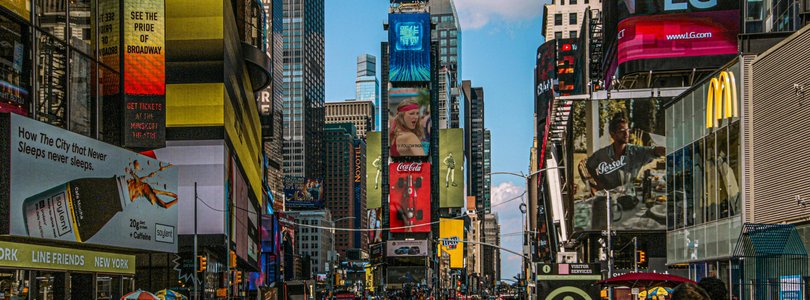
Experience Supply Chain
You have likely heard about Content Supply Chain. In summary, this is a set of processes and tools that work together to facilitate the creation, distribution, and optimization of content. The previous link will describe it in more detail. The concept is not really new, it is just now becoming more prevalent. However, the idea of “supply chain” can be applied to multiple constructs, not just content. And this is where Experience Supply Chain enters the scene. Have you heard about it?
I cannot take credit for this idea. It is the brainchild of my coworker Ryan, who started by designing it for one of his customers and has evolved into a more formal offering. However, it is so nascent that an Internet search shows no results at the moment of writing this post. I am sure you are wondering what it is, so let’s get to it.
What is Experience Supply Chain
The idea is very simple: apply the same approach as in Content Supply Chain, but instead of to content, to experiences. In this context, the word “experiences” refers to Adobe Target Experiences. You could consider it a subset of Content Supply Chain, as it addresses a very specific need, but it also means that you do not need all the complexity that Content Supply Chain needs.
Let’s consider the following process needed to create a new Adobe Target activity and its corresponding experiences.
- The marketing department creates a brief with a new optimization or personalization request.
- This brief contains the following sections: segments, area of the website or app to optimize/personalize, and guidelines for the new content.
- An analyst evaluates the traffic and the segment and determines the time it will take to get to a high confidence level.
- In parallel, the new content has to be created and approved:
- Create a new video or select it from a catalog.
- Prepare any new images (taking the photos, selecting the best, editing it…)
- Write any new copy.
- Optionally, compose the new experience(s) once the previous step has been finished:
- If using Experience Fragments, create them in Adobe Experience Manager.
- If using Adobe Target Offers, create the offer.
- Create the segments (if required). This could be in Adobe Experience Platform, Adobe Target, Audience Library…
- Create the activity in Adobe Target:
- Configure the activity.
- Set the segments where necessary.
- Create all experiences, either by replacing the existing content with the offer or Experience Fragment, or by directly editing the content in the Visual Experience Composer.
- Test the new experiences.
- Approve the activity.
- Run the activity.
- Pull reports of the evolution of the activity regularly.
- Wait until the desired confidence level has been reached.
- If it is an optimization activity (i.e. an A/B test):
- Stop the activity.
- Analyze the results.
- If the challenger experience has won, promote it to production.
- If it is a personalization activity:
- Analyze the results.
- If the new experience has not created a lift, stop the activity.
I want to clarify that the previous process is just for illustrative purposes and it is not based on Ryan’s work. Each company will have a slightly different version. Also, it is assumed that there has been a decision before starting the process, which has triggered the start of the process.
With such a complex process, you will want the technology to help as much as possible.
Technology
Adobe offers quite a few of the tools needed to manage the previous process or any similar process:
- Adobe Workfront. This is the brain behind the process, helping manage all the different steps.
- Workfront Fusion. While most of the steps have to be done by a human, some parts can be automated. This is where this Workfront extension comes into play, by connecting Workfront with other tools.
- Adobe Target. Obviously, this is where the activities and experiences are set up.
- Adobe Experience Manager. Optionally, if you have set up the Experience Fragments integration, you will create the new experiences here.
- PDF. Document format, which could be used for the brief and the reports, using Adobe Distiller, Adobe PDFMaker, or the Adobe PDF printer.
Other tools may also be used, like Adobe Photoshop to edit images.
As you can see, you can use existing technology to manage most aspects of Experience Supply Chain and package it nicely.